Last updated on July 9th, 2024 at 02:22 pm
Road trips with a baby can be an exhilarating experience, albeit challenging at times. While it may require extra planning and preparation, heading on a road trip with your little one opens up a world of adventure and unforgettable memories.
We’ve taken several road trips with our son since he was born, and now that it is warming up there are plenty more in our future! Don’t let having your baby stop you from enjoying all the fun vacations and experiences you have dreamed of. As long as you are sure to plan ahead and pack all the necessities you are sure to have an amazing time.
In this blog post, we will explore practical tips, essential preparations, and valuable insights to make your road trip with a baby enjoyable and stress-free.
If you’re taking your trip in the air check out all our tips for flying with a baby to make sure your vacation gets off to a smooth start!
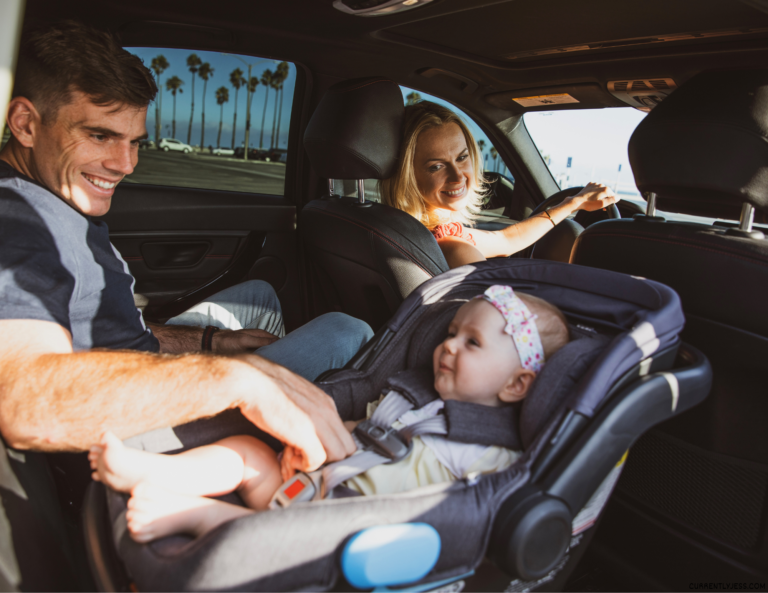
Disclaimer: This post may contain affiliate links. If purchases are made through these links, I may receive a small commission at no additional cost to you. Thank you for supporting this site.
Table of Contents
Pre-Trip Preparations
Before hitting the road, thorough preparation is key to ensure a smooth and comfortable journey for both you and your baby. There are several ways you should prepare yourself, your baby, and your vehicle before embarking on your road trip with your baby.
Car Seat Safety
Invest in a high-quality, age-appropriate car seat that meets safety standards. Make sure your car seat is installed properly and you know how to work all its features. This may include making sure the straps fit properly for baby’s size, using a newborn car seat insert if indicated, and installing a car mirror or camera so you can see your baby at all times.
Packing Essentials
Keep your diaper baby stocked with essentials like diapers, wipes, baby clothes, blankets, feeding supplies, and toys. Along with our diaper bag, we kept a small box or bag packed with extras of everything already listed just in case we ran out or there was a blow out. The last thing you want to do is dig through your suitcases in an emergency! Additionally, it is a good idea to carry a first-aid kit, baby-safe sunscreen, and any required medications on your road trip with baby somewhere easily accessible.
Related Reading: 11 Baby Summer Essentials from Amazon
Snacks and Food
If your baby is old enough to eat solids, pack an assortment of healthy snacks to keep the baby entertained. Variety is key for a happy baby! You may also want to put a soft muslin bib on them to help catch some of the mess rather than a traditional bib. These ones are my favorite and I always keep several in my diaper bag for easy access.
For longer road trips, consider packing a small cooler near your reach to store baby food and milk for your baby. A portable bottle warmer might also come in handy if your baby prefers his or her bottles warmed up.
Entertainment
Keep your baby engaged with toys, books, and age-appropriate entertainment options. Toy rotation is key for your sanity on longer trips! Give baby a toy or two at a time and then at each stop completely switch out what options they have. Trust me, your sanity will thank you!
I also recommend bringing a portable sound machine to assist with napping in the car. Or even pulling up calming baby music on YouTube on a phone can work great if you are in a bind. We’ve hooked it up to the speaker of our car before and it worked like a charm! Just don’t forget to turn it down when you pull up to drive-thru so you don’t freak out the employees like we did!
Related:
Planning the Itinerary
When traveling with a baby, it’s crucial to plan your schedule with your baby’s needs in mind. This is definitely a balance though, as a baby should not rule your life (road trip or not!) Here are somethings to take into consideration:
Duration and Stops
Plan frequent breaks to give your baby time to stretch, eat, and change diapers. Aim for stops every 2-3 hours during the day and 4-6 hours at night, allowing everyone to recharge and enjoy the journey. You may need to stop more frequently and that. It’s ok! Honestly taking longer to get to a destination on your road trip may be worth having a happier baby during the travels.
And stops with your baby may not be short ones either. Depending on how old your baby is you might be able to get away with a quick stretch, diaper change, feed, and back on the road in 15 minutes. Older infants may need some time to explore their surroundings a bit more before they are willing to get back in the car.
Baby-Friendly Destinations
Research and choose destinations that offer baby-friendly facilities, such as parks, family-friendly attractions, and accommodations equipped with amenities like cribs and highchairs. And this isn’t just for your final road trip destination. Research places you can stop at along the way that have the best accommodation for you and your family to make the journey easier.
Pro tip: If you happen to have Maverick gas stations on your route, stop there! I may be biased, but they are the cleanest, friendliest, and really just best gas stations all around. The bathrooms are always tidy with changing stations and there are always great food options to help fuel up for the drive. Ok rant over!
Traveling During Naptime
If you listen to nothing else, please take this tip to heart! If at all possible, plan your driving schedule around your baby’s naptime (or bedtime) depending on when you are traveling. This allows them to hopefully get some good rest during the trip and reduce fussiness. I’ve found leaving about 30 minutes before a scheduled nap works the best!
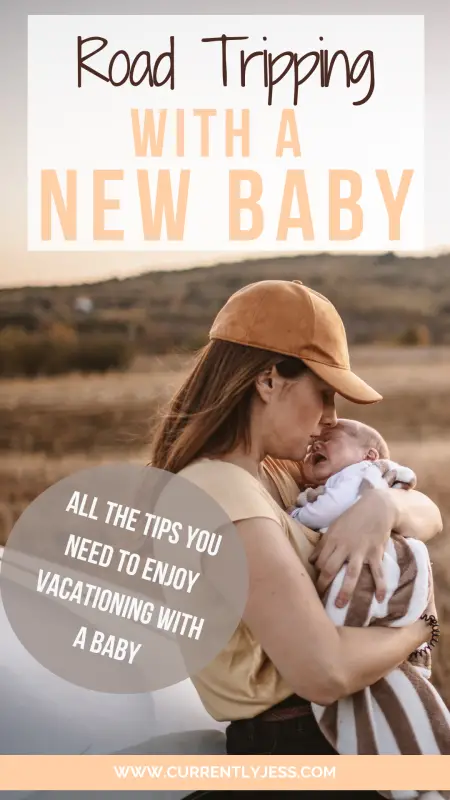
On the Road Tips
Once you’re on the road, certain strategies can help ensure a pleasant experience for both you and your baby:
Comfortable Clothing
Dress your baby in comfortable, weather-appropriate clothing and avoid overdressing or underdressing. Also make sure the fabrics are comfortable and breathable. Honestly, I usually prefer to wear athleisure or sweatpants while road tripping so why wouldn’t my baby?
If your trip is going to be long, you can also dress your baby in layers that can be adjusted with each stop along the way.
Safety First
Ensure that your baby is securely fastened in their car seat and never leave them unattended in the car. Avoid using heavy blankets or pillows that could pose suffocation risks. Use a car mirror or a camera so you can keep an eye on your baby at all times if you are not going to be sitting with them during your road trip.
Stay Hydrated and Fed
Keep yourself and your baby hydrated throughout the journey. Breastfeeding or bottle-feeding during rest stops can help maintain their feeding routine. If your baby is old enough, offer a bottle or sippy cup of water that is close within reach throughout the road trip to encourage hydration. And don’t forget to offer lots of snacks along the way!
Engage with Your Baby
Take advantage of breaks to engage in interactive play with your baby. This is where planning ahead for stops can come in handy. You can find a park or even a tourist site along the way to help break up the car ride. Everyone can stretch their legs and the baby gets a change of scenery to help alleviate boredom and restlessness during the journey.
During travel, if your car allows, it is helpful to spend time sitting next to your baby and play with them. You can trade partners as well to help break up the road trip. Even if you have not hit the separation anxiety phase, seeing your face will be soothing and calming to your baby throughout the trip.
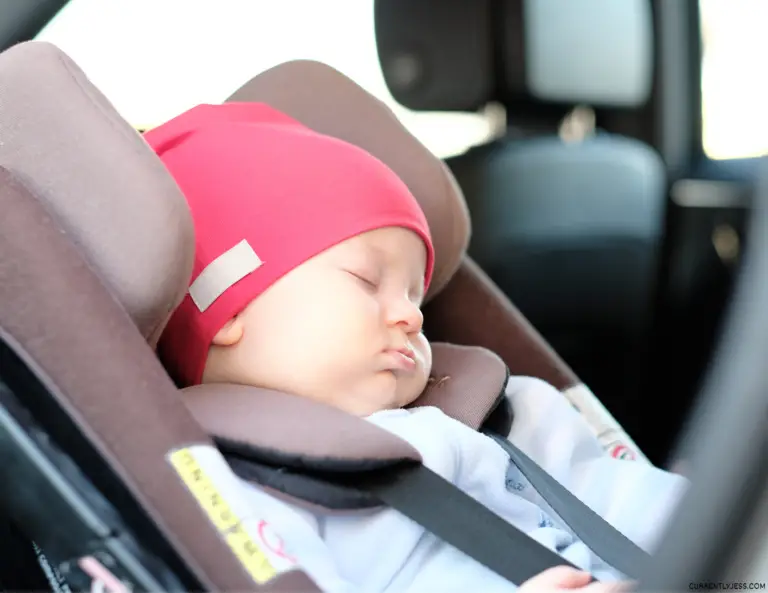
Coping with Challenges
Despite careful planning, everything will probably not go according to plan during your road trip. As is life with a baby, right? Here’s are some common situations you might run into:
Fussy Moments
Babies may experience fussiness or discomfort during long car rides. Take breaks, when necessary, offer comfort through gentle soothing techniques, and provide distractions like toys or singing.
Try going through all your typical cares such as diaper changes, thirst, hunger, and comfort to see if anything else. It may just come down to the fact that your baby is in an unfamiliar environment and it may take some time to get used to being in the car for an extended period of time.
Diaper Changes
Plan for diaper changes during rest stops. Carry a portable changing pad, diapers, wipes, and diaper rash cream. Find a clean and comfortable spot to change your baby’s diaper and dispose of used diapers properly.
Because of being out of baby’s routine and sitting in a car seat for extended periods of time, it is possible to have a blow out while on your road trip. No fun, but babies will be babies. Try placing a thin puppy pad type liner inside of their car seat before leaving. You will thank me later!
Motion Sickness
Just like adults, some babies may experience motion sickness during long road trips. And this can be difficult for them to communicate with us. To alleviate this, ensure proper ventilation in the car, avoid strong odors, and consider using motion sickness bands or medications recommended by your pediatrician.
Emergency Situations
Be prepared for unforeseen circumstances by carrying emergency supplies like extra food, water, blankets, and a fully charged cell phone. Now that you have a baby, these emergency supplies extend to anything you could need to take care of your baby. Familiarize yourself with the location of nearby hospitals or clinics along your route. We never plan on using these resources, but it is always best to be prepared just in case.
Stay Calm and Flexible
Remember that traveling with a baby can be unpredictable, and plans may need to be adjusted. Stay calm, be flexible, and embrace the adventure of the journey. Remember you are making memories as a family, even if your baby won’t remember it. Make sure to take lots and lots of pictures!
Road tripping with a baby requires extra planning, but it can be a rewarding and memorable experience for the entire family. By preparing ahead of time, planning the itinerary with your baby’s needs in mind, and implementing on-the-road strategies, it will be a comfortable and enjoyable experience for everyone.
No road trip is going to be perfect, and that’s ok. Don’t let the fears of things going wrong keep you from going out there and enjoying life. Some of the best advice I was given when I became a new parent was to not let our lives revolve around the baby. Let the baby revolve around you!
Remember to embrace the challenges that may arise and stay flexible throughout the trip. With the right mindset and preparation, your road trip with your baby will create beautiful memories that you will cherish for a lifetime. Bon voyage!
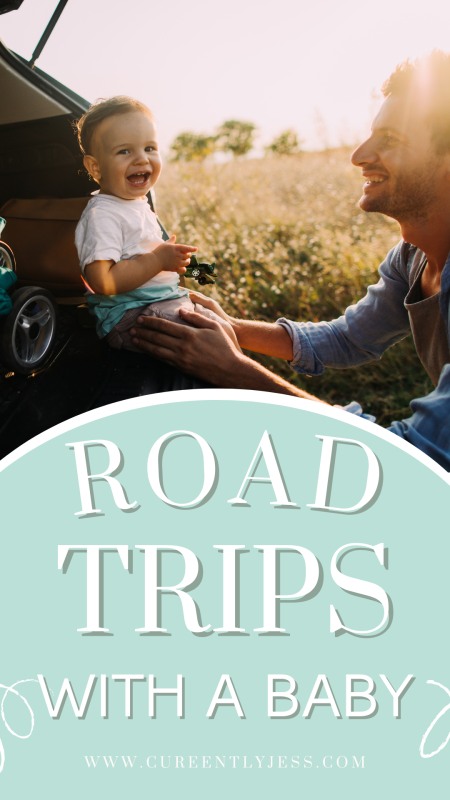


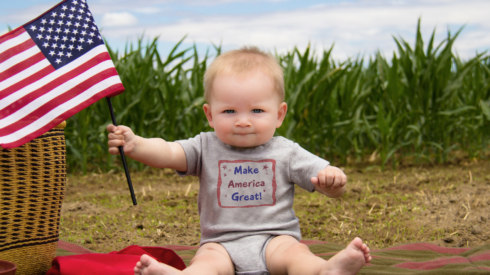
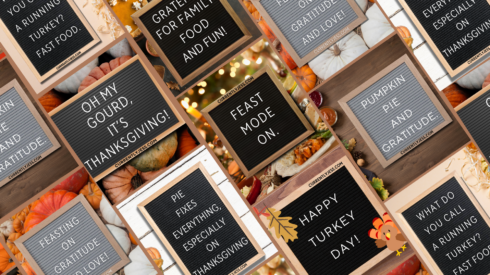
These are all very good tips, especially the tips on motion sickness. We traveled often when our son was a baby. We were able to navigate through all of the challenges, but the motion sickness happened more often than not for a while there. We could’ve used these tips then! lol!
It was quite a while since I had a baby (I had 9), but the biggest thing that comes to my mind that was helpful was having a planning sheet. It was so helpful having a checklist especially since my memory isn’t the greatest and it’s hard to thing with lots of children wanting your attention and a crying baby. Great post, thanks for sharing!
Definitely a helpful article! A must-read for parents who always travel with a baby onboard.
These are really great tips! We will be taking a road trip soon and I will be definitely using these suggestions.